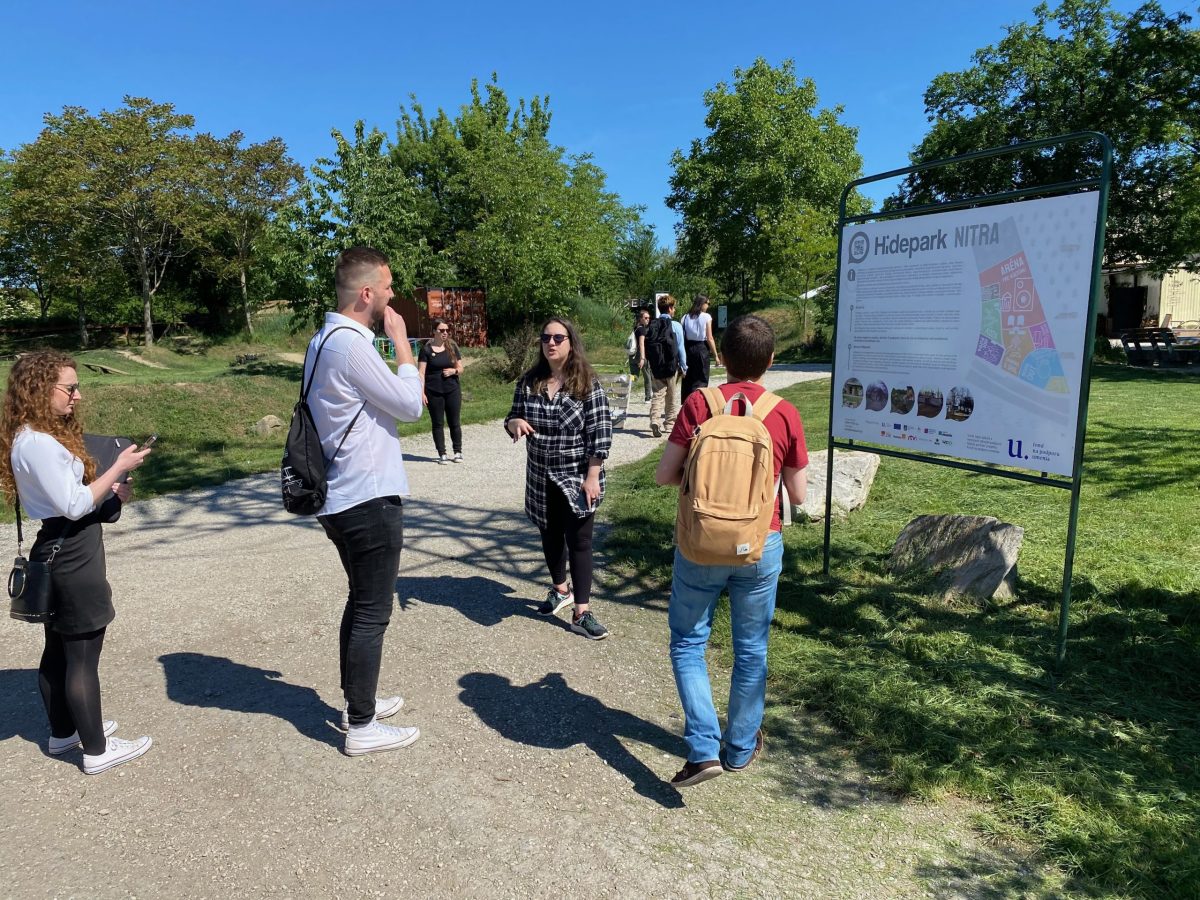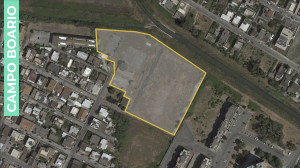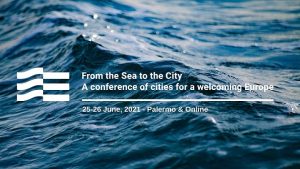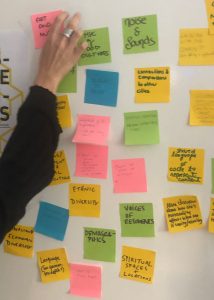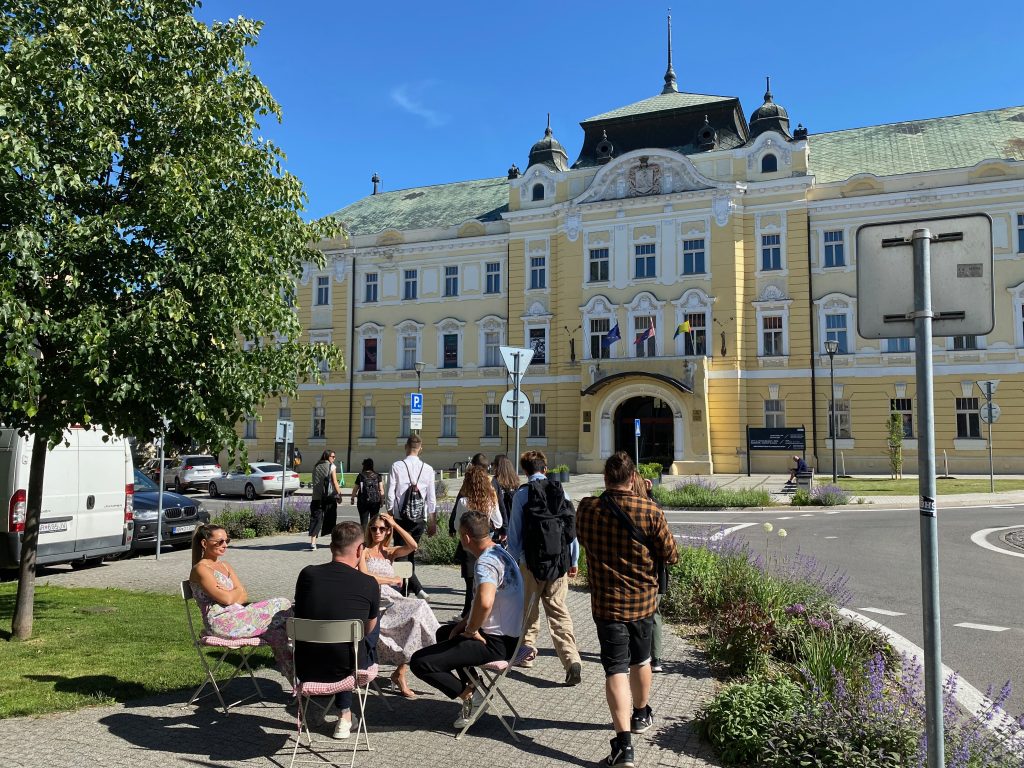
On May 19th and 20th, our team finished the round of site-visits of the cities participating in the IN-HABIT project. The last destination was Nitra, in Slovakia, and similarly to the other visits, it proved to be a key moment to get a deeper understanding of the territory, its dynamics, as well as its beauty. Lorenzo and Luis Miguel, in representation of Tesserae were joined by colleagues of Book on a Tree and University of Reading and engaged in a two-day programme which included a visit to the project pilot area, workshops open to the public and internal meetings.
Nitra’s pilot area encompasses a big part of the city in which diverse uses of the land intertwine. We started our walk in the city centre and went along the Nitra River, discovering on the way the bike corridor connecting the city center with the industrial area, as well as Hidepark, the location where one of our local project partners is based. An impressive multiuse space built on a landfill with a DIY ethos. We even had the luck to witness its summer opening later in the weekend with concerts, food and activities for kids and youth.
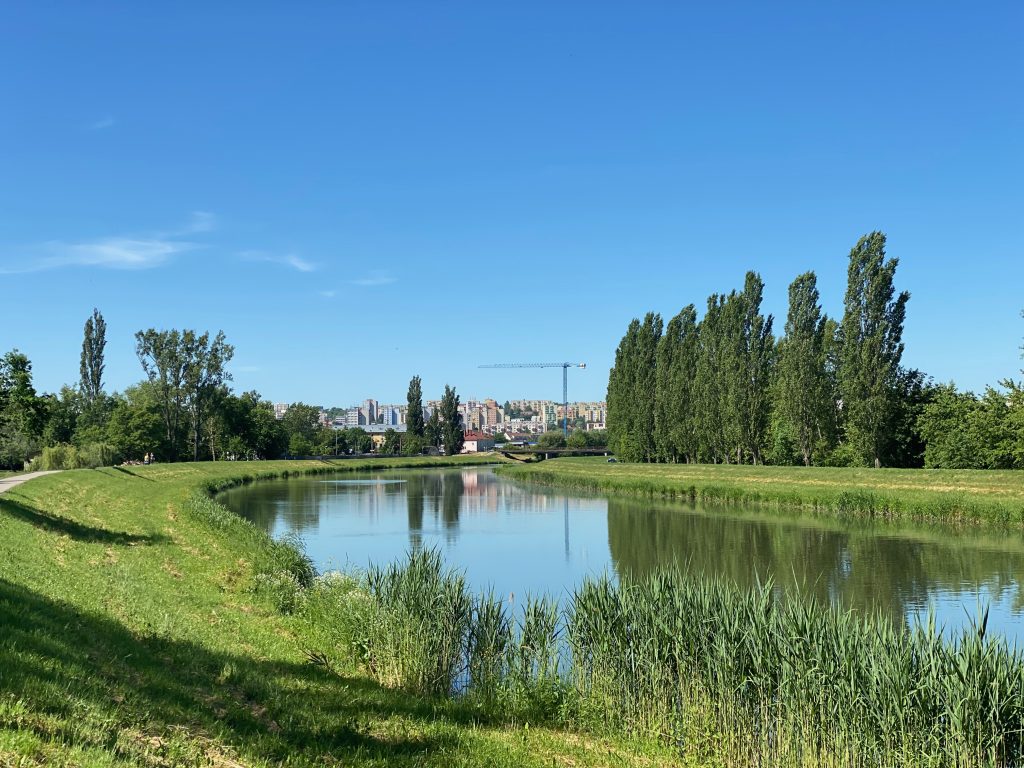
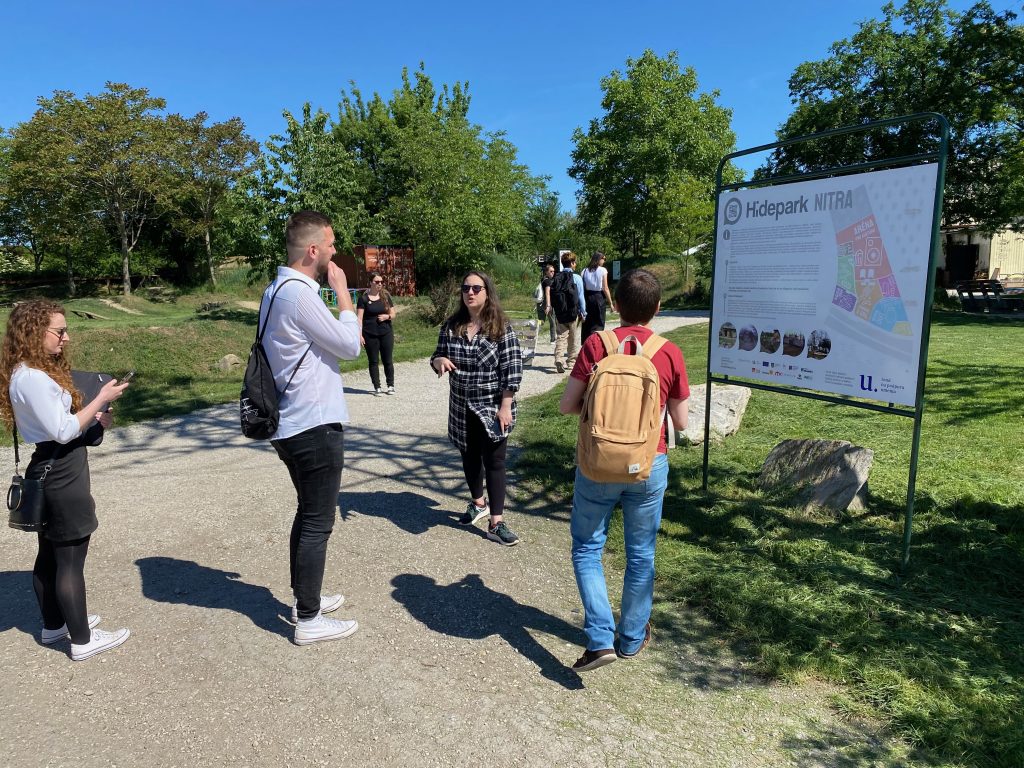
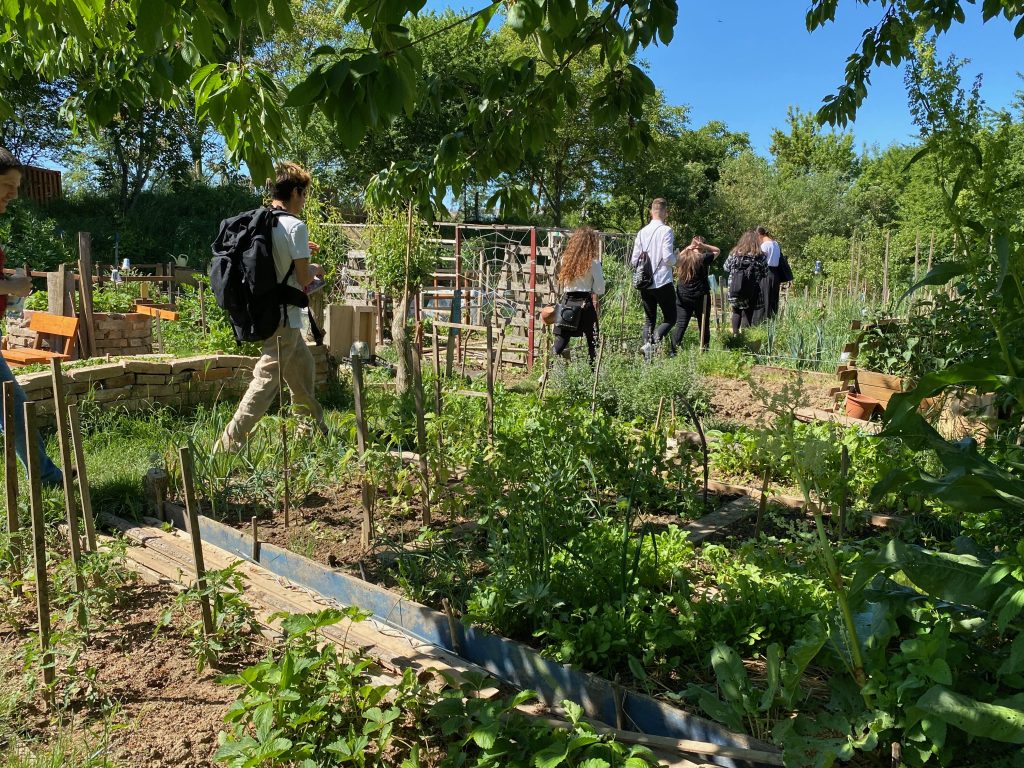
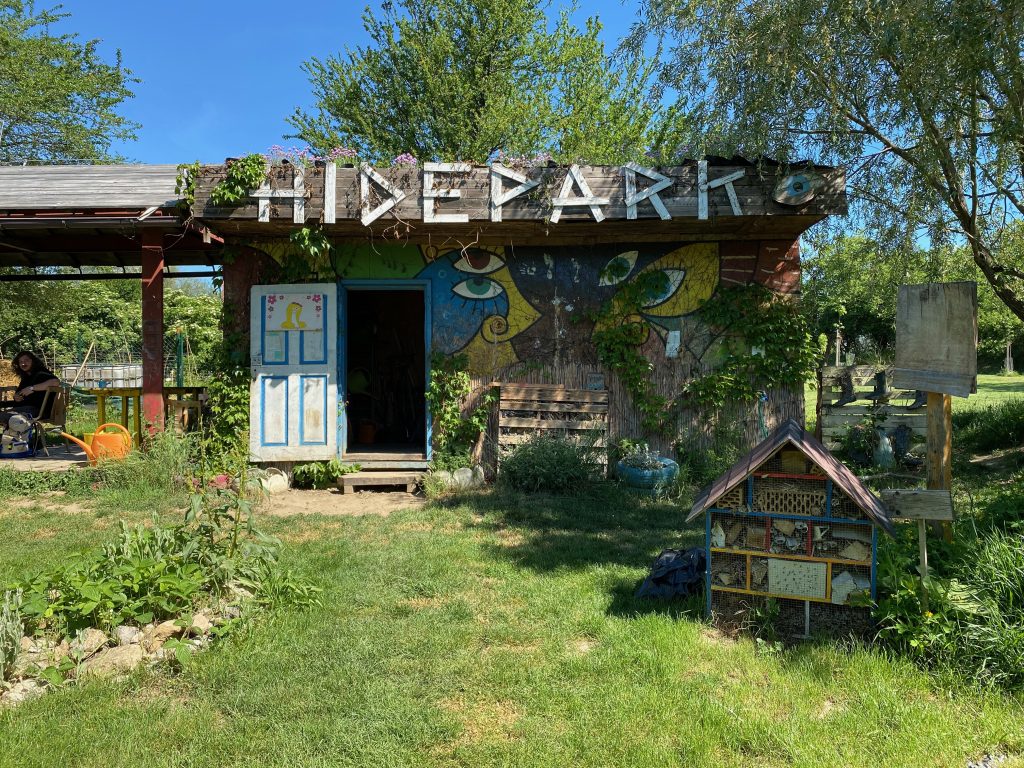
Throughout the walk we had the opportunity to exchange views on the challenges that the project is currently facing, for example, the conflict of interests between different users of spaces like fishermen and picnic-goers, or the timing of institutional actors in contrast to the expectations of participants of the co-design process.
With this in mind, we prepared two sessions for the afternoon. One on gender and city planning, a key pillar of our engagement methodology, and another directly oriented on the action-planning of solutions (like a community garden) while being aware of the principles of an integrated planning approach.
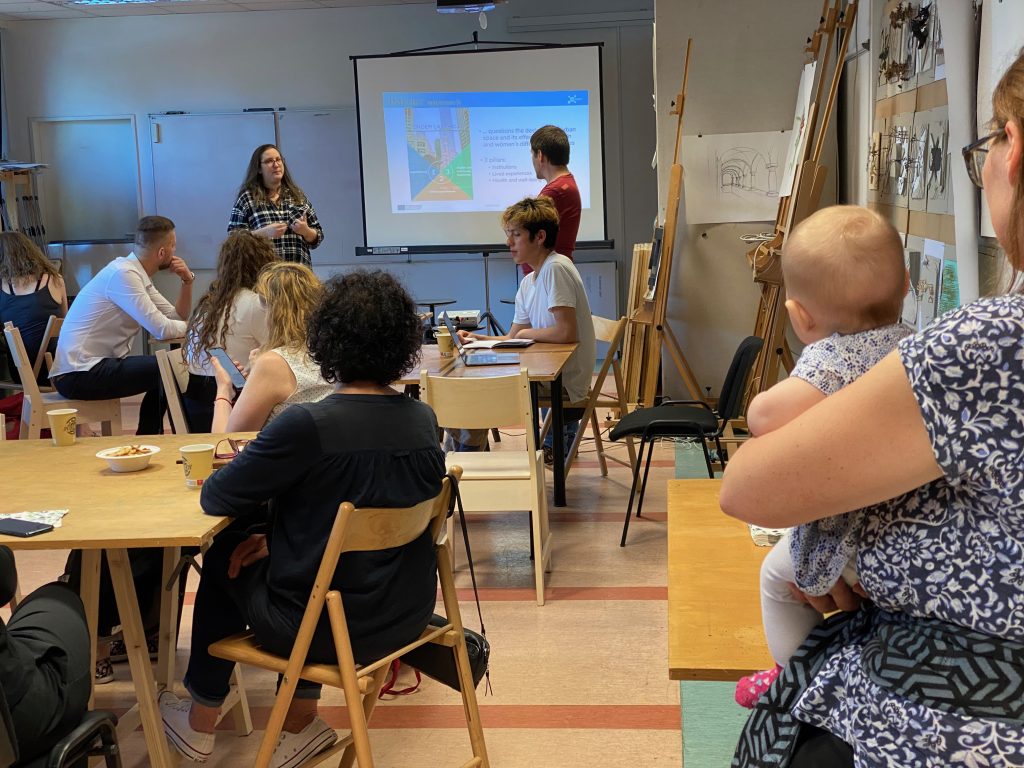
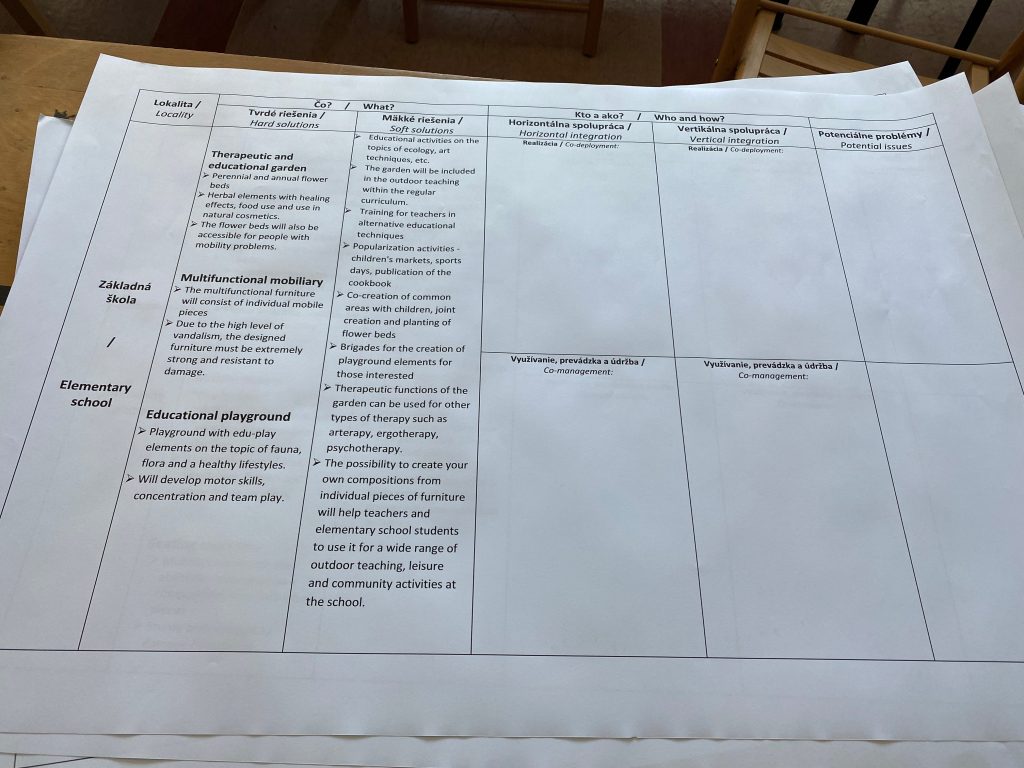
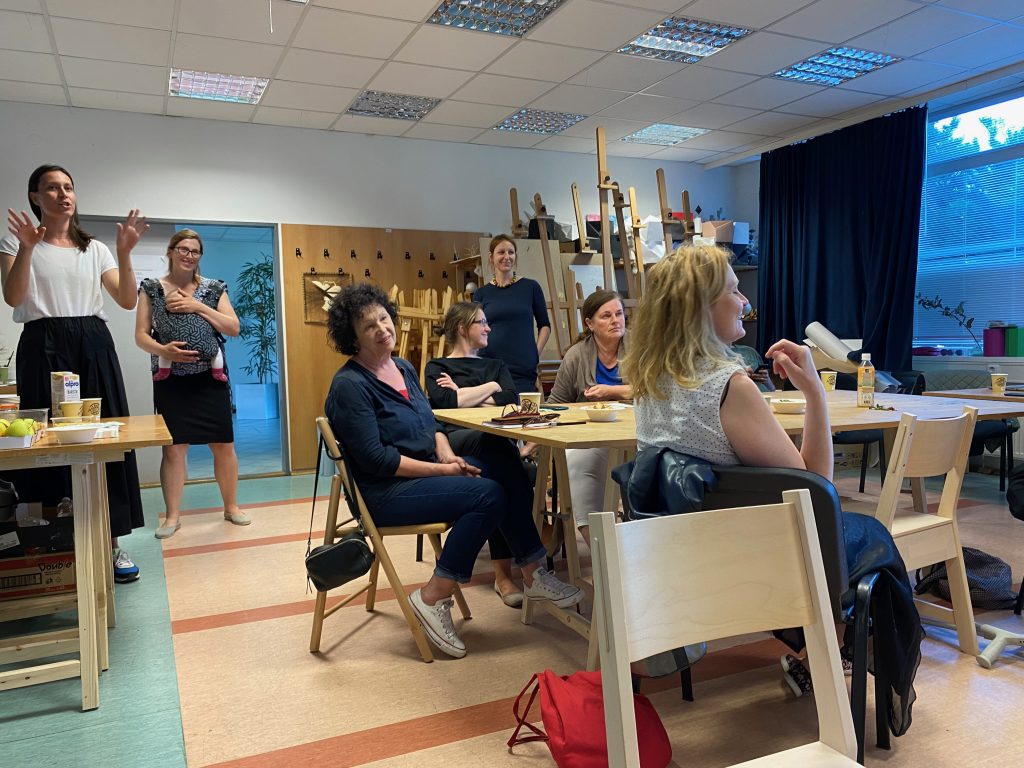
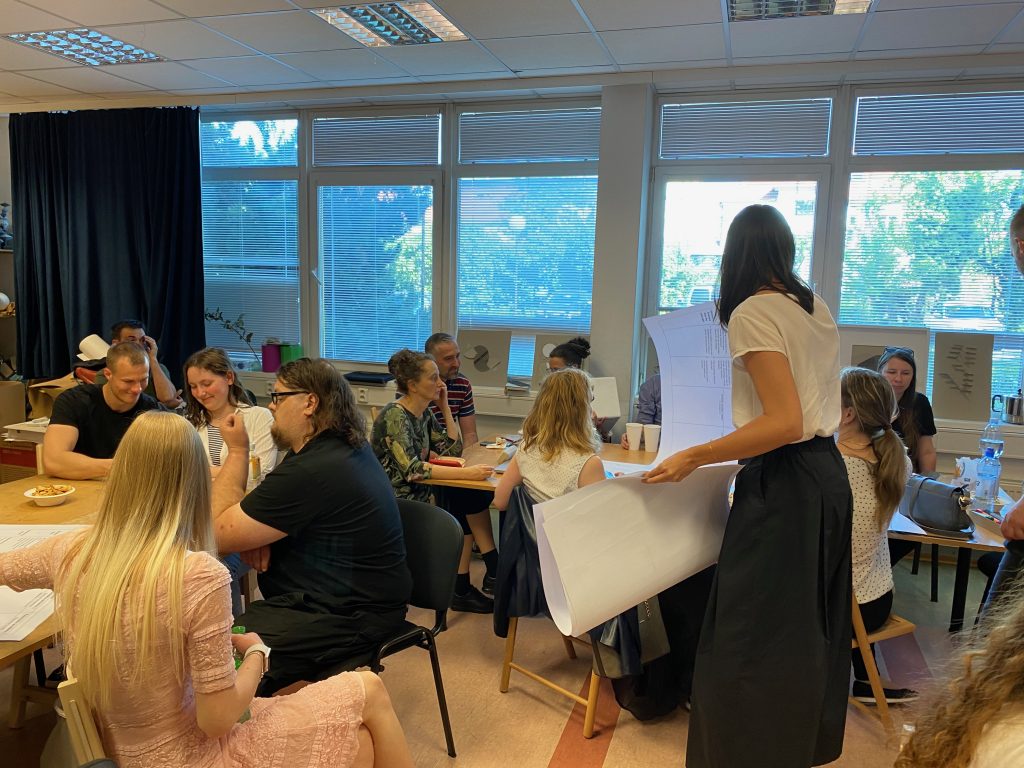
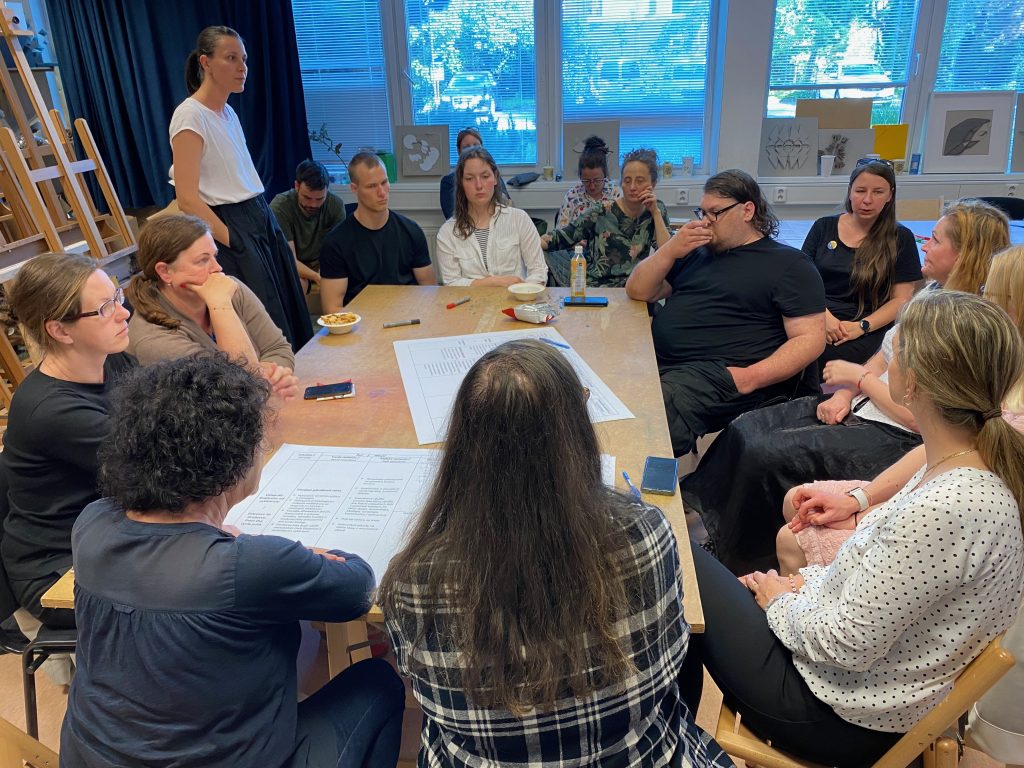
Thanks to the enormous efforts of our local partners, we were able to follow the discussions that the participants were having in Slovak, and the day ended up with a feeling of having advanced in many fronts simultaneously.
On the second day we had the chance to wrap-up all our previous discussions, to reflect on communication aspects and coordinate our next steps. Once again this emphasized the relevance of physical interaction to co-create, not only at local level, but at project level as well. We are extremely grateful to our Nitra colleagues for doing such a great and committed job in the city, and still taking the space and the time to make us feel at home and able to contribute with our skills and experiences. We are looking forward to being back!
